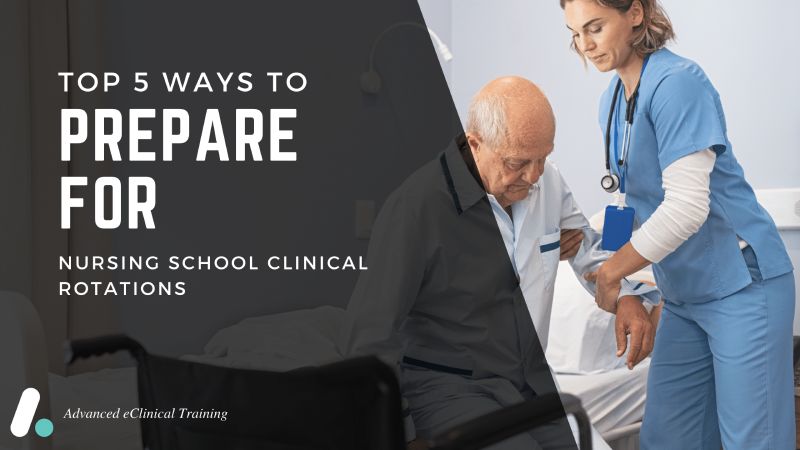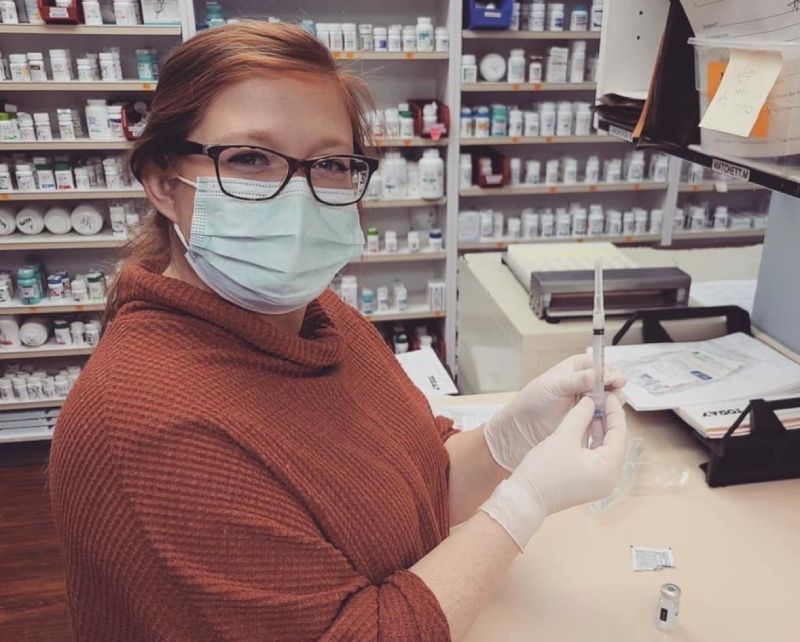How to Integrate Lifelong, Continuous Learning & Development Into Healthcare Teams
The healthcare field is constantly changing, with new medical research, treatments, and technologies emerging every day. For healthcare professionals, staying at the forefront of these changes is essential. Lifelong learning ensures that providers can deliver high standards of care, incorporate industry advancements into their practices, and maintain professional competence throughout their careers.
What’s more, by embracing continuous education, healthcare teams can improve patient outcomes, enhance job satisfaction, and build trust with those they serve. This post explores the importance of lifelong learning in healthcare, the benefits it offers, practical ways to promote it, and real-world examples of its successful implementation.
Why Is Lifelong Learning Essential in Healthcare?
Lifelong learning, or continuous learning, in healthcare refers to the continued pursuit of knowledge and skill development throughout a medical professional’s career. This ongoing education ensures that healthcare providers remain current with the latest medical research, treatment methods, and technological advancements. From attending conferences and workshops to completing certification programs and other training, lifelong learning is a critical component of professional growth in the healthcare field.
The importance of lifelong learning for healthcare professionals can’t be overstated, as new diseases emerge, innovative treatments become available, and medical technology continues to advance at a rapid pace. By continuously updating their knowledge and refining their skills, medical professionals can provide the highest quality care, improve patient outcomes, and adapt to the dynamic nature of the field.
5 Benefits of Continuous Learning for Healthcare Teams
Ongoing education offers numerous advantages for healthcare teams, enriching staff members’ careers and improving the quality of care your facility is able to provide. But these aren’t the only benefits; others include:
- Upskilling Opportunities Continuous learning provides healthcare staff with the opportunity to acquire new skills and expand their professional knowledge. Oftentimes, this means they are able to seamlessly transition into more senior or more specialized roles, reducing the need to bring in outside hires. Instead, organizations can invest in their existing teams, fostering a culture of professional growth.
- Improved Patient Outcomes Keeping up with the latest research, treatments, and technological advancements enables healthcare teams to provide the most comprehensive care possible. This contributes to better patient outcomes, whether through improved diagnostic accuracy, more effective treatment plans, or enhanced preventive care strategies.
- Career Advancement & Specialization Lifelong learning opens doors to career growth by enabling healthcare professionals to specialize in new areas, earn advanced certifications, and qualify for leadership roles. This benefits both employees hoping to progress in their careers, as well as your organization’s talent retention efforts.
- Increased Patient Trust & Confidence It’s easier for patients to feel comfortable with their care when they know it’s provided by knowledgeable, competent medical teams. When doctors, nurses, and other clinical staff stay up to date with the latest advancements in the field, they demonstrate their commitment to their profession, laying the groundwork for stronger provider-patient relationships.
- Higher Job Satisfaction With the ability to expand their expertise, stay challenged, and improve clinical skills, professionals who choose to pursue continuous learning opportunities often feel more fulfilled in their roles. This satisfaction ultimately benefits both your healthcare organization and your medical staff by improving morale and reducing turnover.
Ways to Promote Lifelong Learning in Healthcare
Organizations that invest in professional development enhance the expertise of their teams and, by extension, also improve important factors such as patient care and job satisfaction. Here’s how you can promote lifelong learning initiatives in your facilities:
- Look to leadership to foster a culture of learning. When leaders actively encourage professional development, they set the tone for the entire organization.
- Provide access to professional development resources, such as workshops, certification programs, conferences, and continuing education courses. To encourage participation, offer financial assistance, reimburse tuition, or dedicated learning time.
- Encourage cross-disciplinary learning. Interdisciplinary team meetings, case studies, and collaborative training sessions foster a broader understanding of patient care and help staff members improve working relationships across departments.
- Leverage technology in learning opportunities. Digital learning tools make continuous education more accessible than ever. Webinars, eLearning platforms, online courses, and virtual simulations provide flexible learning opportunities for healthcare professionals.
- Partner with a training provider. Working with established training providers, such as Advanced eClinical Training (ACT), ensures that healthcare teams receive high-quality, structured education.
- Start mentorship and coaching programs. These initiatives create valuable opportunities for more experienced professionals to share knowledge and offer guidance to those who are earlier in their careers.
Challenges to Implementing Continuous Learning Opportunities
Even though lifelong learning is essential in healthcare, implementing continuous education programs comes with certain challenges. From time constraints to financial barriers, organizations must overcome these obstacles to create an environment where ongoing learning is both accessible and encouraged.
Challenge 1: Lack of Time for Learning Activities
Healthcare professionals often work long hours, making it difficult to carve out time for additional training or professional development.
- Solution: Integrate learning into the workday by offering microlearning opportunities, such as short online modules, lunch-and-learn sessions, or on-demand webinars. Allocating dedicated time for training can also help make learning a priority without disrupting patient care.
Challenge 2: Financial Hurdles
Tuition fees, certification costs, and training program expenses can be a significant burden for your staff.
- Solution: Employers can support learning by offering tuition reimbursement, covering the costs of certification exams, or partnering with educational institutions to provide discounted courses. Additionally, free or low-cost online learning platforms, such as webinars and open-access medical journals, can be valuable educational resources.
Challenge 3: “Just Doing the Job” Mindset
Some on your medical staff may feel that their existing knowledge and experience are sufficient and see little need for further learning.
- Solution: Encourage leadership to emphasize the importance of continuous learning by sharing real-world examples of how learning initiatives improve patient outcomes. Recognizing and rewarding those who engage in professional development can also create a culture of learning.
Challenge 4: Lack of Access to Resources
In some healthcare settings, especially in rural or underfunded facilities, access to training materials, technology, or educational programs may be limited.
- Solution: Leveraging online learning platforms, partnering with professional organizations, and creating peer-led training programs can help bridge resource gaps. Employers can also explore grant opportunities and funding sources that support continuing education in underserved areas.
Challenge 5: Lack of Buy-in from Staff
Without interest from your clinical staff, learning initiatives may struggle to gain traction.
- Solution: Organizations should clearly communicate the benefits of continuous education and involve employees in shaping learning opportunities that align with their career goals.
Continuous Learning in Action: Examples of Successful Integrations
While it’s important to understand why continuous learning in healthcare is worthwhile, it’s equally important to understand what constitutes a successful implementation of continuous learning initiatives.
Here are some examples of how successful lifelong learning efforts manifest in healthcare organizations’ operations:
- Structured professional development programs: These programs provide established growth pathways for medical staff to remain competent and prepared for industry advancements. They also frequently include required continuing education credits, mentorship opportunities, and specialized training in areas such as advanced patient care, leadership, or emerging medical technologies.
- Regular interdisciplinary collaboration: Continuous learning initiatives thrive in an environment where different departments and specializations consistently work together. For example, a hospital might bring doctors, nurses, physical therapists, and social workers together to discuss and coordinate patient treatment plans more effectively.
- A supportive culture of learning: Organizations that create a workplace environment that’s grounded in learning empower employees to seek professional growth without fear of judgement. And when lifelong learning is engrained in the workplace culture, employees are more likely to participate in continuous education activities.
- Opportunities to attend industry events: Healthcare professionals who regularly attend conferences, seminars, or workshops gain exposure to the advancements that can enhance patient care. Many leading healthcare institutions provide funding or paid time off for employees to attend these events.
- Access to online learning platforms: With the rise in eLearning, many healthcare organizations have turned to online courses and certification programs, such as the ones offered by ACT, to make education more accessible.
- A focus on simulation-based learning: Virtual labs and patient interactions enable healthcare professionals to practice complex procedures in a risk-free environment, providing opportunities to refine their techniques before performing real-life procedures.
Prioritizing lifelong learning in healthcare is key to maintaining excellence in patient care and professional growth. By investing in continuous education, healthcare organizations like yours can help their teams enhance skills, improve outcomes, and foster a culture of learning. If you’re looking for effective training solutions, ACT offers high-quality, 100% online programs designed to meet the needs of healthcare professionals. Take a closer look at our courses or contact us today to discuss partnership opportunities and take the next step toward a stronger, more knowledgeable team.


